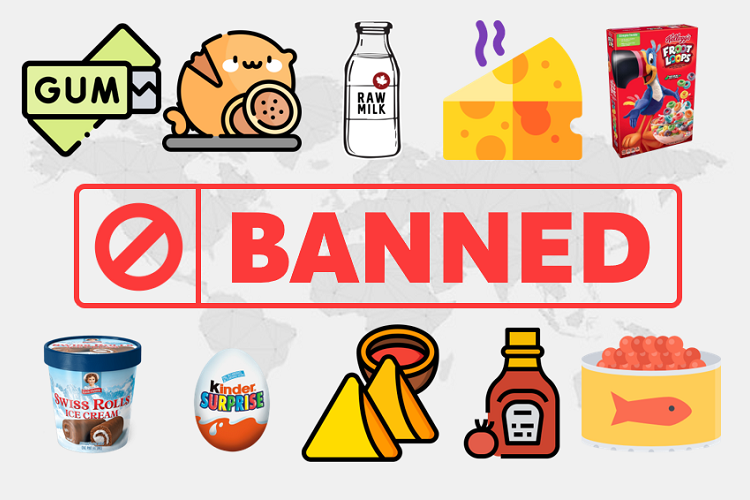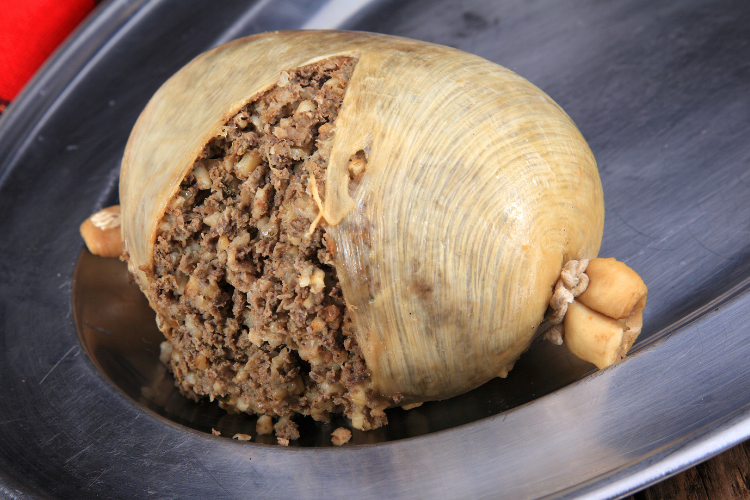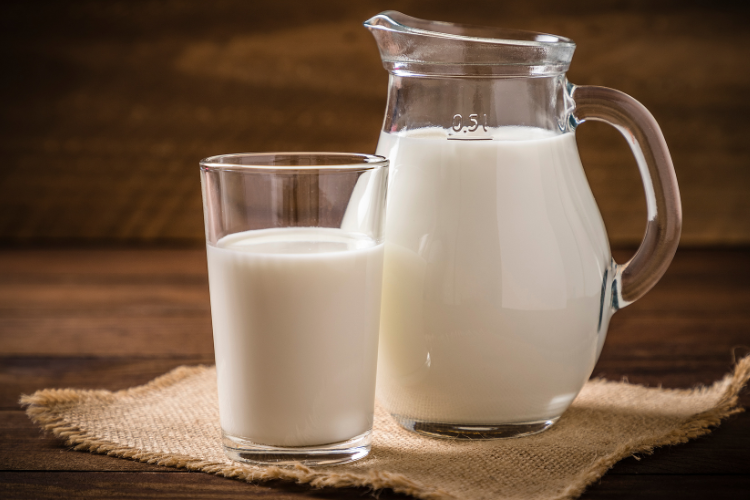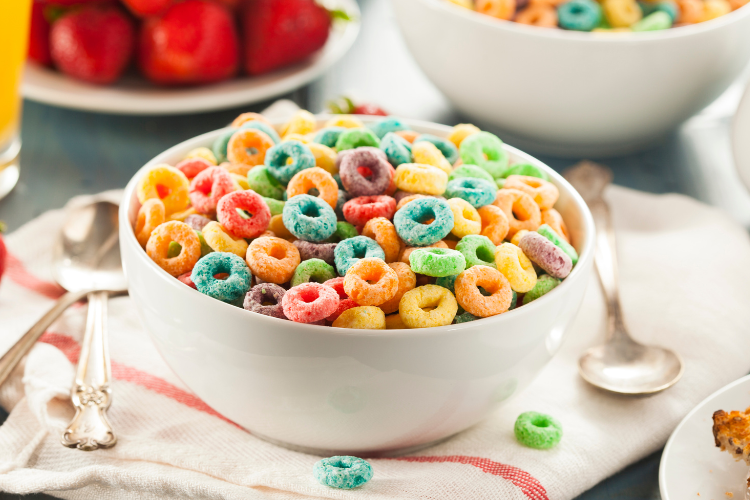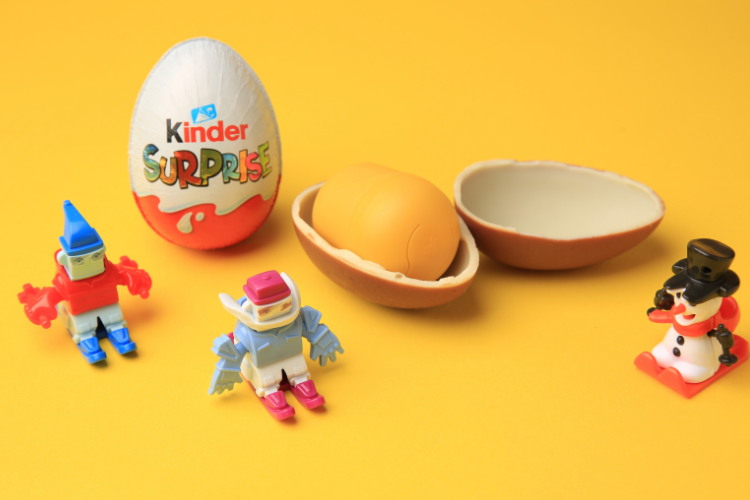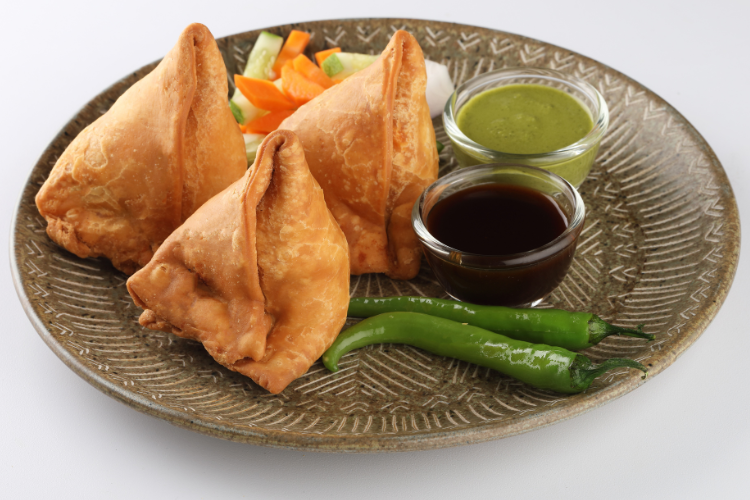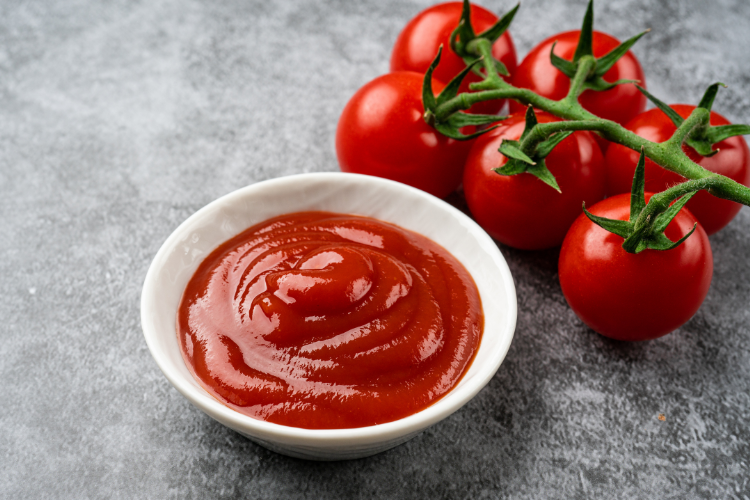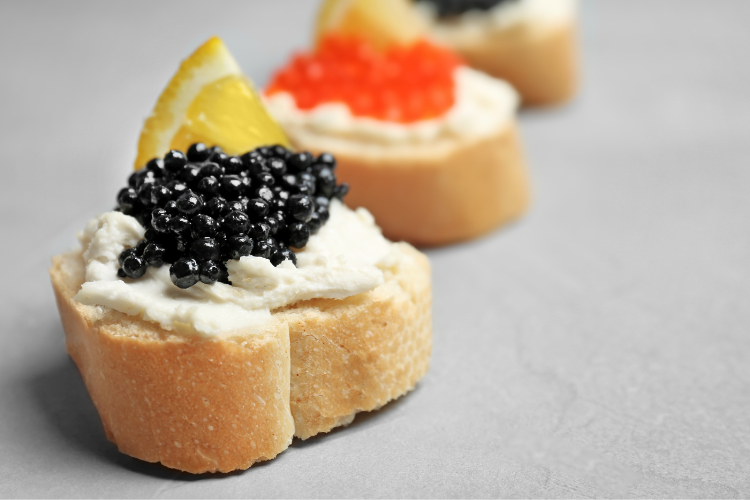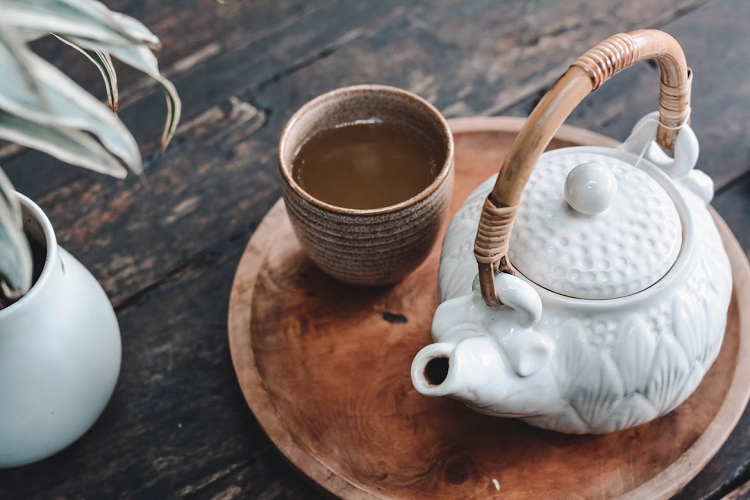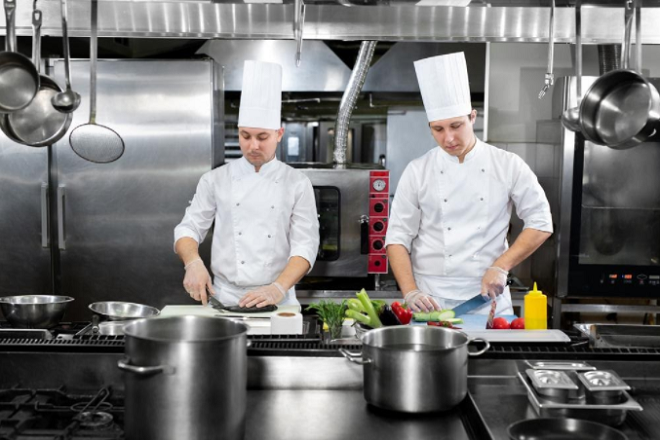There is no denying that food has always played a vital role in both our lives and the cultures of the world. Certain foods are banned in some regions of the world yet are widely consumed in others.
However, there are strict limitations—or even outright bans—on specific food items and beverages in some countries for a variety of reasons such as health and safety concerns, the protection of endangered species, the identification of a carcinogen in an ingredient, and the risk of choking hazards for young children.
Top 10 Banned Foods Around the World
Let’s examine the top 10 foods that are banned in other countries throughout the world.
Chewing Gum in Singapore
People of all ages have always been fond of chewing gum. But are you aware that chewing gum is banned in Singapore? Yes, since 1992, it has been illegal for Singapore to produce or sale chewing gum. Because Singapore is among the strictest and most hygienic countries in Asia. This decision was made, in order to keep the nation clean and prevent gum littering in public areas and in 2004 the country allowed the use of therapeutic dental chewing gum.
Haggis in USA
Haggis is the national food of Scotland, a savory dish made with sheep parts like liver, heart, and lungs that are mixed with oats, onions, and spices. Prior to serving, the mixture is boiled after being placed inside a sheep’s stomach. Since it contains sheep lung, it was banned from being imported into America in 1971. Haggis is still enjoyed by many Scottish people, who either make it themselves or import it from nations where it is legally permitted.
Raw Milk in USA
In several countries, like the United States and Canada, the eating of raw milk is banned because of its unpasteurized state and possible health risks. The true cause of this prohibition is that the bacteria in these items have the potential to spread E.coli, food poisoning, salmonellosis and brucellosis, among other illnesses.
Casu Marzu in Italy
Pasta, pizza, and gelato are undoubtedly the first foods that come to our mind when discussing Italian cuisine. Despite the popularity of these foods, surprisingly Italy produces casu marzu. In Sardinia, Italy, this creamy cheese has long been considered a delicacy and a tradition but it is contentious because of safety and health issues. Pecorino cheese is made from raw sheep’s milk and contains the eggs of cheese flies. After hatching, these eggs become maggots and consume the cheese that encourage fermentation and lead to the breakdown of fats and give it a smooth, creamy texture. When the cheese is served, the maggots are still inside of it. As a result, the United States and the European Union have banned Casu Marzu.
Froot Loops in Finland, Austria, France and Norway
Froot Loops have a bright, fruity flavor and are a common morning breakfast for many Americans. However, this cereal is prohibited in the EU since it contains artificial dyes like Yellow 5 and Red 40, which have been regarded as harmful to children and adults. Studies suggest that these dyes in froot loops might inhibit cell development, cause hypersensitivity reactions, and may even be carcinogenic.
Little Debbie Swiss Roll in Austria and Norway
Little Debbie Swiss Rolls are the most popular delicious pastry that combine a creamy filling with cake, yet their nutritional value has been questioned. These widely consumed rolls in the United States contain food colorings Yellow 5 and Red 40, which are hazardous to young children and infants. Hence, the Swiss roll was completely banned in Austria and Norway.
Kinder Surprise in USA
For kids, Kinder Eggs have always been popular. These are delicious chocolate eggs stuffed with a toy inside. Did you know that chocolate-filled surprise eggs are prohibited in the US? Yes, due to safety concerns, all confectionery containing non-nutritive items were banned by the Federal Food, Drug, and Cosmetics Act in 1938. Even though it was designed primarily for kids, the main reason for the ban was that the toy’s small parts will cause choking hazard to kids.
Samosa in Somalia
In India, samosas are widely eaten snacks that consist of crispy triangular pastries stuffed with potatoes, meat, and other veggies. However, Somalia banned this delicious treat in 2011 because, according to reports, the triangular shape of the snack appears to represent Christianity to the “Al-Shabaab group,” eating it has serious consequences.
Ketchup in France
Every snack in the world would be incomplete without ketchup, which is also the preferred condiment for enhancing the flavor of burgers, fries, samosas, sandwiches, and noodles. However, in France, ketchup was banned in 2011. The French government explained this restriction by noting the negative health effects of excessive ketchup consumption in youngsters and some have claimed that the prohibition was also a measure to prevent the sauce from overshadowing the flavor of French cuisine.
Beluga Caviar in USA
The priciest and most recognizable kind of caviar in the world is beluga caviar. Each bite of Beluga caviar, which comes from the beluga sturgeon, melts on your tongue, letting you relish the flavor to the fullest. As people have long been overfishing this species, it resulted in steadily declining wild beluga sturgeon. So, the sale and import of this highly valued fish and its eggs was prohibited in the United States in 2005 for the purpose of protecting endangered species.
Conclusion
The foods listed above are deemed harmful for the environment or people’s health. Even after they are banned, still some people acquire these foods from other countries or make them at home in order to enjoy them. Other than these food items, a number of cuisines are causing disputes in different countries around the world and if you want to discover more about the best 10 information of foods, ranging from appetizing to repulsive, visit our website.

